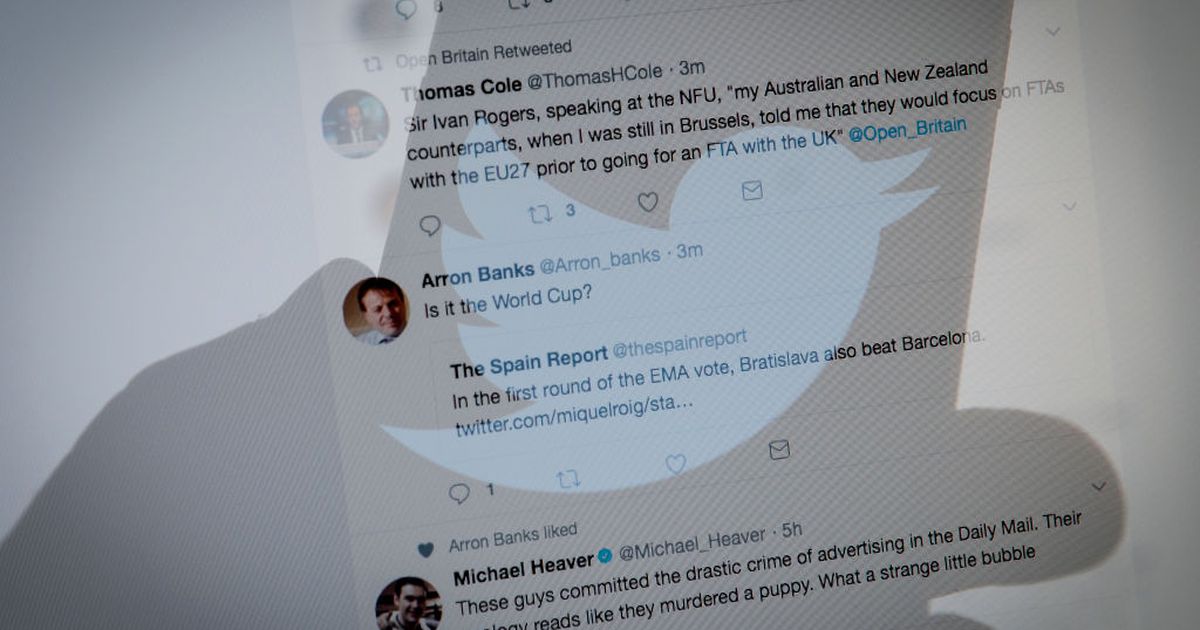Managing Twitter feeds is a daily chore for us. The infamous “algorithm”, introduced in 2016 substantially changed the Twitter experience–according to most people for the worst. This article from Mashable explains how Twitter has restored some of the original, chronological functions. — Paul, English Social Media Fellow
Twitter will make it super easy to switch back to a chronological timeline
/https%3A%2F%2Fblueprint-api-production.s3.amazonaws.com%2Fuploads%2Fcard%2Fimage%2F847387%2Fab8a6f2a-615c-42b1-97f1-bfaad2cb199c.jpg)
5/ Meanwhile, today we updated the “Show the best Tweets first” setting. When off, you’ll only see Tweets from people you follow in reverse chronological order. Previously when turned off, you’d also see “In case you missed it” and recommended Tweets from people you don’t follow.
— Twitter Support (@TwitterSupport) September 17, 2018
The announcement comes after Twitter users have come up with ways to try and circumvent the algorithmic timeline.



